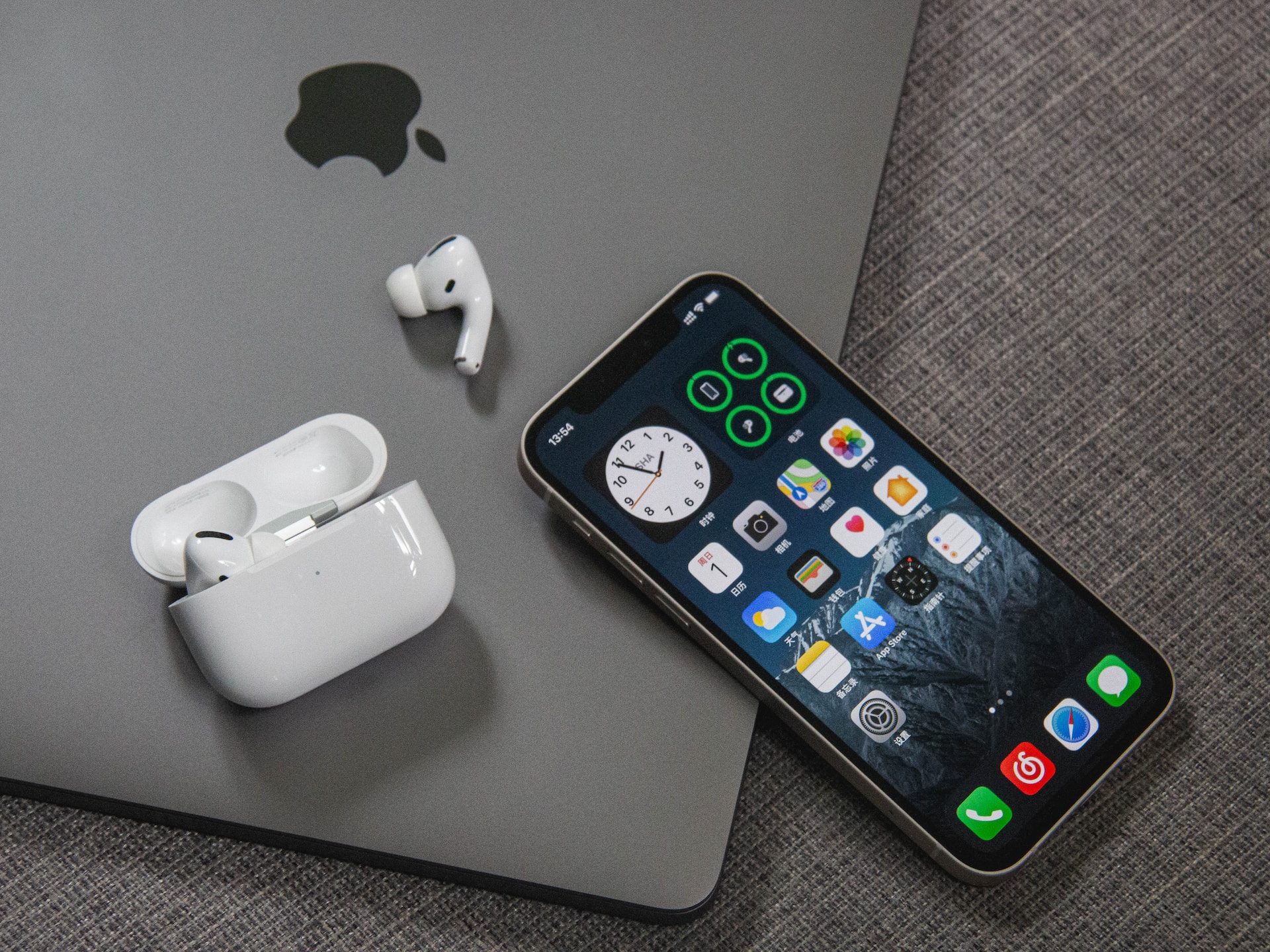In the ever-evolving landscape of global technology, the battle for dominance rages on. One of the most fiercely contested markets is China, where tech giants like Apple and Huawei vie for supremacy. In a bold strategic move, Apple has recently announced a significant reduction in iPhone prices within China, a decision that signals the company’s determination to maintain its foothold in the face of intense competition from Huawei. This article delves into the motivations behind Apple’s price adjustment, analyzes its potential impact, and compares the strategies of these two tech titans in the Chinese market.
Apple’s Price Reduction: A Strategic Maneuver

Amidst escalating tensions between the United States and China, Apple finds itself navigating turbulent waters. The tech giant has long been a dominant player in the Chinese market, but its position has been increasingly challenged by local competitors, particularly Huawei. Recognizing the need to adapt to changing market dynamics, Apple has taken the bold step of slashing prices for its flagship iPhones in China.
Motivations Behind Apple’s Decision
Several factors likely influenced Apple’s decision to reduce iPhone prices in China. Firstly, intensifying competition from Huawei has put pressure on Apple to make its products more appealing to Chinese consumers. Huawei’s aggressive marketing strategies, coupled with its reputation for innovative technology, have posed a significant threat to Apple’s market share.
Secondly, economic considerations cannot be overlooked. China represents a crucial market for Apple, accounting for a substantial portion of its global revenue. By lowering prices, Apple aims to stimulate demand and maintain its competitiveness in the face of economic uncertainties, including the impact of trade tensions between the US and China.
Potential Impact of Apple’s Price Adjustment
The decision to slash iPhone prices in China is likely to have both short-term and long-term implications. In the short term, Apple may experience a surge in demand as price-sensitive consumers seize the opportunity to purchase iPhones at reduced rates. This could provide a much-needed boost to Apple’s sales figures and help shore up its market position in China.
However, the long-term impact is less certain. While lower prices may attract more customers in the short term, Apple must also contend with the risk of eroding its brand image as a provider of premium products. Furthermore, Huawei remains a formidable competitor with a loyal customer base and a strong presence in the Chinese market. Apple’s price reduction alone may not be sufficient to counter Huawei’s growing influence.
Comparative Analysis: Apple vs. Huawei
To gain a deeper understanding of the competitive dynamics at play, let us compare the strategies of Apple and Huawei in the Chinese market.
| Aspect | Apple | Huawei |
|---|---|---|
| Pricing Strategy | Historically premium pricing; recent reduction | Competitive pricing; offers value for money |
| Brand Image | Emphasis on luxury and innovation | Focus on technological prowess |
| Marketing Approach | Global campaigns; celebrity endorsements | Emphasis on Chinese culture and patriotism |
| Product Portfolio | Limited range with focus on flagship iPhones | Diverse portfolio including smartphones, |
| wearables, and telecommunications equipment | ||
| Distribution Network | Extensive retail presence; online sales | Emphasis on both offline and online channels |
| Research and | Substantial investment in R&D; focus on | Heavy investment in R&D; emphasis on |
| Development | cutting-edge technology | innovation and product differentiation |
Emerging Trends and Future Prospects
Conclusion
Apple’s decision to reduce iPhone prices in China reflects the company’s strategic response to the evolving competitive landscape in one of its most critical markets. While the move may yield short-term gains in terms of increased sales, its long-term efficacy remains uncertain. The battle for dominance between Apple and Huawei underscores the intense rivalry and strategic maneuvering that characterize the global technology sector. As both companies continue to innovate and adapt, the outcome of this contest will shape the future of the Chinese market and beyond.











